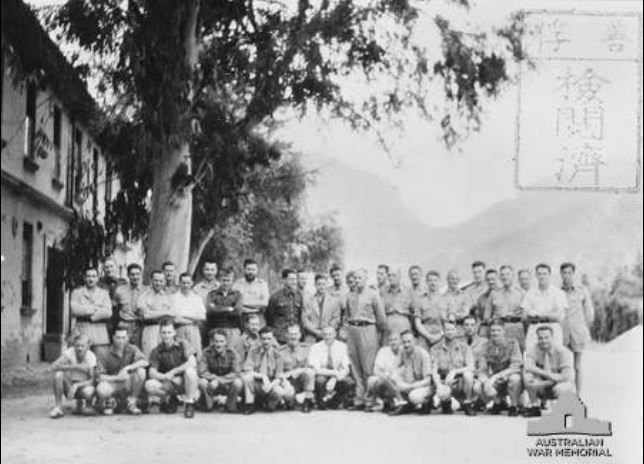1st Independent Company
From Our Contribution
Contents
[hide]Brief History
This unit was formed in May 1941 at Tidal River (Victoria) and in July they moved to Kavieng on New Ireland in response to the Japanese threat. From here, in August Sections were sent to Manus Island and Baku on the New Guinea mainland. Their role was to provide early warning and to either defend or destroy airfields in their local area. In November sections were sent to Tulagi and Vila (New Hebrides).
The small Australian commando force, the lst Independent Company, had arrived in Kavieng in July 1941. Comprising only about 250 men it had its HQ in Kavieng but was required to have small units also stationed at Manus, Namatanai, Buka, Tulagi, an island near Honiara in the Solomon Islands, and Vila in the New Hebrides. Its effectiveness was minimal, spread as it was over thousands of kilometres, and it was in effect sacrificed, being unable to resist any determined Japanese force of any size, and in fact not one of the men stationed in Kavieng survived the war, only the officers who had been sent to Japan.
In January 1942 the Japanese invaded Kavieng and captured most of the men in the unit. Some did manage to escape and return to Australia, while others attempted to but failed. On 2 Feb 1942 the schooner that they were attempting to escape on from larger Japanese forces was sighted by a Japanese plane which subsequently attacked, causing considerable damage to the vessel as well as destroying one of its lifeboats and causing a number of casualties. For those that survived the strafing, The Induna Star had begun taking on water and as a result the men were forced to surrender. Under escort by a Japanese aircraft and then later a destroyer, they were instructed to sail to Rabaul where they became prisoners of war.
On 22 June 1942 an estimated 845 POWs and 209 civilians captured by Japanese forces embarked from Rabaul, New Britain, aboard the Japanese transport ship MV Montevideo Maru. The POWs were members of the No. 1 Independent Company, 2/22nd Battalion, and other units of Lark Force. Civilians included officials of the New Guinea Administration and missionaries. The ship sailed unescorted for Hainan Island. On 1 July 1942 all the prisoners died when the Montevideo Maru was torpedoed by a US Navy submarine, USS Sturgeon, off the coast of Luzon Island in the Philippines.[1]
Following the Japanese landing on Manus the section there withdrew to the hills until they could be evacuated. The Tulagi section escaped to Vila after the Japanese landed there in May, and the Buka section moved onto Bougainville in January 1942. Here they established an effective coast watch network which assisted in the Guadalcanal campaign before being withdrawn in March 1943. The Vila section had already been withdrawn, returning to Australia in May 1942. The unit was not rebuilt, rather remnants of it joined the 3rd Independent Company.
One hundred and forty two men died while posted to this unit either in battle or as prisoners of the Japanese.
Unit Personnel
- † Stanley Gordon Curtis 24 May 1941 - 2 Feb 1942
Individual Honours
- 1 x Military Cross
- 1 x Mentioned in Despatches
Notes
- Jump up ↑ AWM https://www.awm.gov.au/collection/C2476978 accessed 14 Sep 2020

